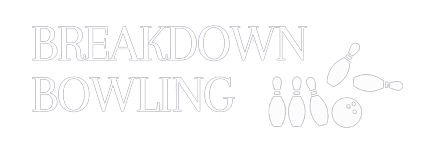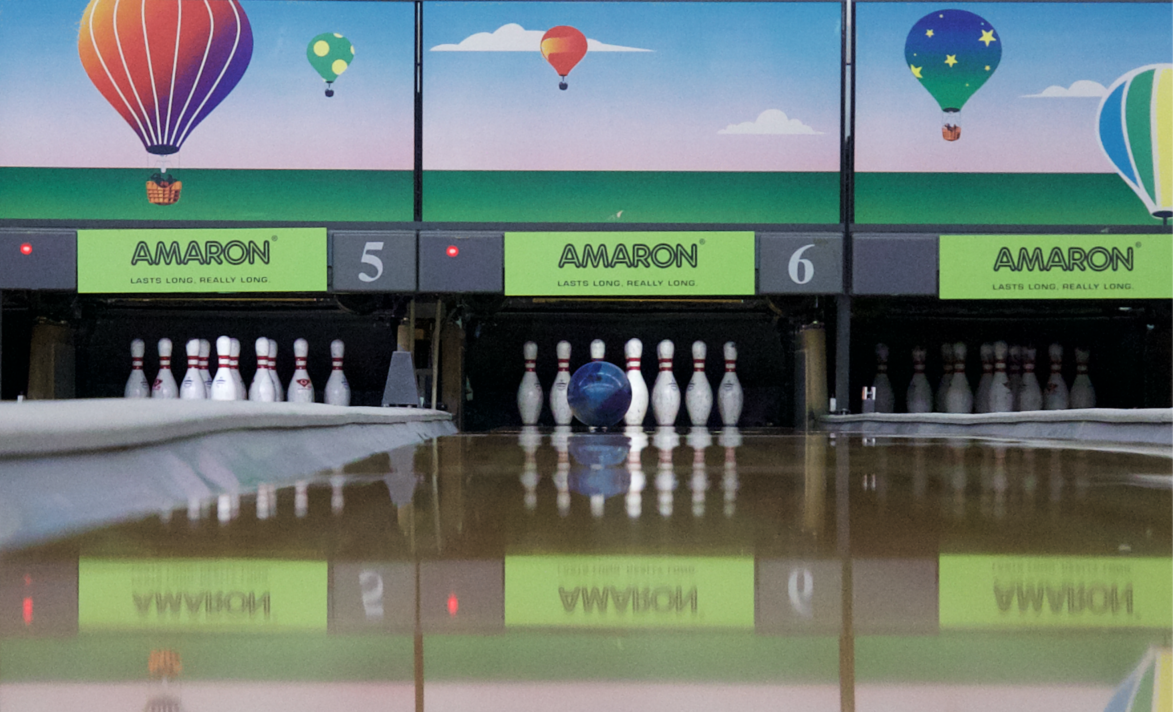Almost all high-level bowlers and coaches will tell you that having a pre-shot routine is integral in improving your consistency in the sport, especially in competitive settings. In fact, Dr. Dean Hinitz, one of bowling’s leading sport psychologists, has emphasised on the importance of not just the pre-shot routine, but the entire shot cycle. This encompasses your mental and physical processes before, during, and after each shot. This article will describe what each stage is, and how you can implement it in your game immediately, but for a deeper dive we highly recommend his book Bowling Psychology!
Stage 1: Pre-Shot Routine
Technically speaking, there is no first stage in a cycle, although this is a good place to start as it is the stage people speak the most about. The pre-shot routine refers to your established set of mental and physical processes when you begin your preparation for your shot, up to the execution of the shot itself when you begin the first step. Having a set routine is important because it helps you make active preparation for your next shot, while at the same time allows you to focus by creating a familiar and comfortable environment for your mental state. For most of us, we should already have a pre-shot routine which we lean into during practice and tournaments. What we want to do is draw awareness to this routine so that we do not deviate from it, especially when we are nervous.
The physical actions we take for our pre-shot routine could include wiping our ball a fixed number of times, drying our hands with the blower or our puff ball, stepping onto the approach when the lanes are clear and we are ready, and taking a deep breath before our first step. There is no right or wrong way to do this, as long as we are comfortable and familiar with it. However, we often neglect the mental component of the pre-shot routine, allowing nervous thoughts to enter our minds and affect our bodies. As we line up our shots, we should have a mental image of what we want our shot to look and feel like, honing in on one or two cues. Active positive reinforcement like ‘I am relaxed’ also helps!
Stage 2: Execution
This is the shortest and simplest stage in the shot cycle. It lasts from your first step in your bowling approach, to the instant you release the ball. Here, we let the muscle memory we have developed during our training take over. It is important for us not to overthink the shot, or try to exert control over too many specific portions of our shot, which can be counter-productive. Instead, we want to focus on just one simple cue that we believe will help us deliver the best possible shot. These could range from ‘loose swing’, to ‘firm wrist’, or even ‘press thumb backwards’. The idea again is that everyone has their own cue which works best for them, and the intention is to keep us in a state of familiarity and confidence.
Stage 3: Reaction
The reaction stage occurs from the instant we release the ball until the ball contacts the pins. This is the stage most of us tend to neglect, because it occurs less naturally, and we need to process a large amount of information in a short period of time. When we release the ball, no one observing has as good a gauge on how well we did as we do ourselves. A sharp observer might be able to spot if we hit our target and our ball rotates as intended, but the ‘micro’ differences, such as a slight break of the wrist, a little more or less pressure in our hands, is only known to ourselves.
Therefore, it is crucial that we are honest with ourselves. We need to ask ourselves if the shot felt right. Did we release the ball as intended, and did we hit our intended target and breakpoint? Next, we look at the outcome of the shot. Did the ball start rolling up too early or too late? Did we hit the pocket? All this information needs to be processed as quickly and as accurately as possible in the 2-3 seconds up to the ball hitting the pins.
The key point here is not to focus on ourselves, but on what has happened. We do not want to allow ourselves to react emotionally to the shot because this can and will affect our judgment. For example, if the ball does not reach its intended breakpoint, more often than not we end up beating ourselves up over missing our target. In actual fact, the lanes could have just quicker than expected, resulting in our ball entering the hook phase much sooner. This stage requires conscious practice to both control our emotional reaction, and process information quickly.
Stage 4: Evaluation
This stage involves our tactical game most heavily. After processing the information from the reaction stage, we must decide what we need to do on our next shot. If everything went well, then we would like to repeat the shot. If not, we consider the types of adjustments we should make. Again, this is up to the individual as each of us may feel differently on what adjustment is most suitable based on our reading of the lane, and our previous experience.
This stage can also be done in consultation with a teammate or coach, but if no one is available, or if we disagree, then it is also important that we have the confidence in ourselves to trust that the decision we make is the best given the information we have up to this point.
Stage 5: Post-Shot
At this point, we must be feeling pretty stressed out from focusing for so long and keeping our emotions in check! This stage in between shots is meant for us to have a small emotional reaction (no longer than 10 seconds), and to relax ourselves. Some of us might like to chat with teammates, others prefer to remain quiet but do our own stretching. If we do not allow ourselves to de-stress, this could lead to burn-out during the competition which would be counter-productive to our mental and physiological states, and affect our shotmaking, confidence and judgment. On the other hand, if we allow ourselves to de-stress too much, then we might have problems focusing on our next shot, so a balance certainly has to be struck here!
All of us have our individual pre and post-shot routines. There is no one fixed way to do it, but there are certainly important points we should keep in mind if we want to optimise this component of our mental game. Do let us know what helps you the most in your shot cycle!

